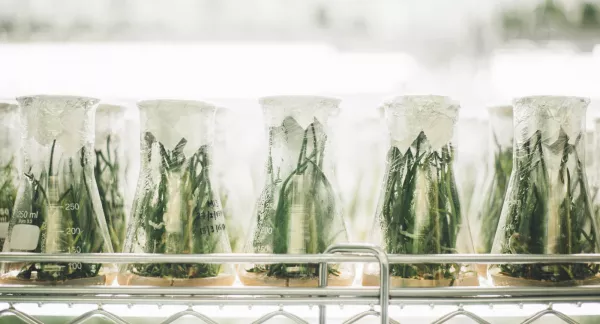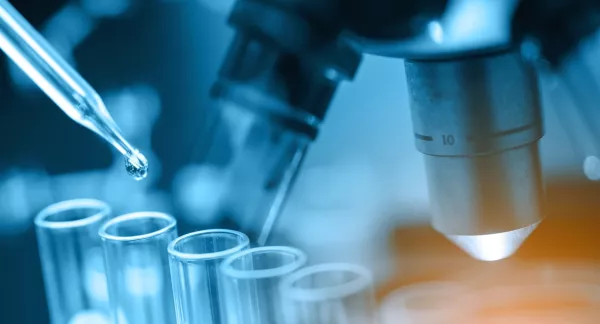The Impact of Pre-Chlorination and GAC Treatment on DBP Formation and Overall Toxicity in Drinking Water
Abstract
This project investigated the impact of granular activated carbon (GAC) with and without pre-chlorination on disinfection byproduct (DBP) formation and the resulting toxicity of drinking water using appropriate bioassays. A systematic evaluation of source water bromide and iodide concentrations, disinfection pH, and degree of GAC breakthrough was conducted at the pilot-scale. In addition, DBP formation and toxicity were analyzed at full-scale plants that use (1) GAC to treat groundwater, surface water, and potable reuse water; (2) ozone and biological filtration to treat surface water; and (3) aeration to strip volatile DBPs. Published in 2025.
The following published journal articles focused on this research:
- Cytotoxicity Comparison between Drinking Water Treated by Chlorination with Postchloramination Versus Granular Activated Carbon (GAC) with Postchlorination
- Regulated 1–2 Carbon Disinfection Byproducts Do Not Correlate with Cytotoxicity with Increasing Disinfectant Contact Time During Chlorination, Chlorination Followed by Chloramination or Granular Activated Carbon Followed by Chlorination
- Impacts of Disinfection Methods in a Granular Activated Carbon (GAC) Treatment System on Disinfected Drinking Water Toxicity
Resources
Impact of GAC Treatment and Disinfection Strategy on DBP Formation and Overall Toxicity in Drinking Water
Water systems that cannot meet U.S. Environmental Protection Agency (EPA) Stage 1 and 2 Disinfectants and Disinfection Byproducts Rules (D/DBPRs) requirements through lower-cost options (like enhanced coagulation, softening, or pH...


